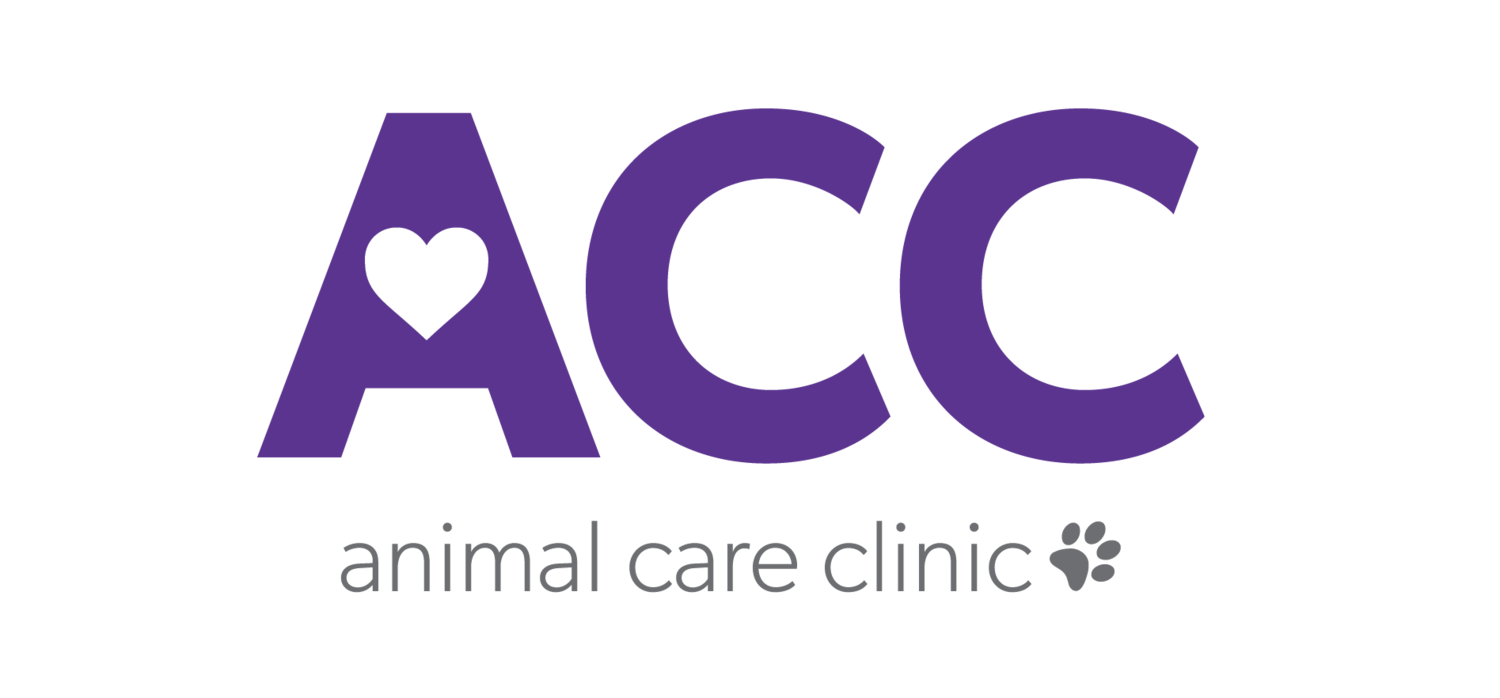An itchy dog is often a miserable one, yet skin allergies are among the most common complaints of pet owners. All dogs itch and lick themselves sometimes, but the itching and licking can become compulsive when your dog is reacting to their food, environmental factors like mold, or the bites of fleas. Managing your home environment and treating your dog with care is the key to minimizing skin allergies in canines of all ages, breeds, and coat types.
Pinpoint the Allergen and Reduce It
Each dog is different and will develop itchy or crusty skin problems due to a different allergen. Unfortunately, there's no definite way to allergy test a dog unless you visit a specialty veterinary dermatologist. Instead, most dog owners eliminate common allergens from their homes and look for improvements. Start with an anti-allergenic food that is free from grains and other common irritants. You'll need a novel protein source like fish or veal since chicken and beef are allergens for many dogs. Reduce dust levels in the home and look for mold. Treat fleas in the home, yard, and on the dog. Finally, have dog skin allergy hot spots cultured to rule out fungal and bacterial infections. Once you know the main trigger of their allergies, you can help your dog just by cleaning more often or treating for fleas.
Bathe Regularly with Medicated Shampoos
For most dogs, even constant vigilance for allergens will only reduce their symptoms. A weekly bath with a medicated allergy-relief dog shampoo is recommended regardless of coat type. Leaving skin cells and grease on the dog's skin aggravates skin allergies regardless of the cause, so regular bathing is the key to a less itchy dog. Particularly badly affected dogs may need bathing twice a week, especially if they have a thick coat or come from a breed that produces a lot of protective oils.
Consider Omega-3 and Omega-6 Supplements
Fatty acids help a dog's skin stay strong and free from itchy hot spots, at least in multiple veterinary studies. Not all dogs respond to them, but they can make a significant impact in dogs that do need high levels of Omega-3 and Omega-6 in their diet. You can either try enriched food or add drops to your dog's meal for easy dosing for a dog skin allergy.
Wash All Dog Bedding Routinely
Like your bedsheets get dirty after a week of use, your dog's bed is getting dirty faster than you realize. If you can't commit to washing the cover at least twice a week in hot water and bleach, consider alternative options for doggy relaxation. Dog beds often contribute to greasy, dirty skin and coats that worsen allergy reactions. They can also trap the allergens themselves, especially mold spores and dust. Even anti-allergy dog beds need weekly cleaning.
Watch for Acute Allergic Reactions
Any dog skin allergy, even a mild one, can indicate the risk for a more serious reaction in the future. When dogs are undergoing serious allergy symptoms, they tend to:
Constant, severe itching
Swelling around the muzzle, throat, or neck
Red inflamed skin in the lips, ears, or around the eyes
Vomiting and diarrhea
Sneezing and runny eyes.
If your dog shows any combination of these symptoms, take them to an emergency vet.
Request an appointment today to get started on the process of solving a dog skin allergy once and for all. Don't let your precious pup suffer from itching, licking, and more when you can get help from our experienced vets in pinpointing the triggers and finding treatments.

